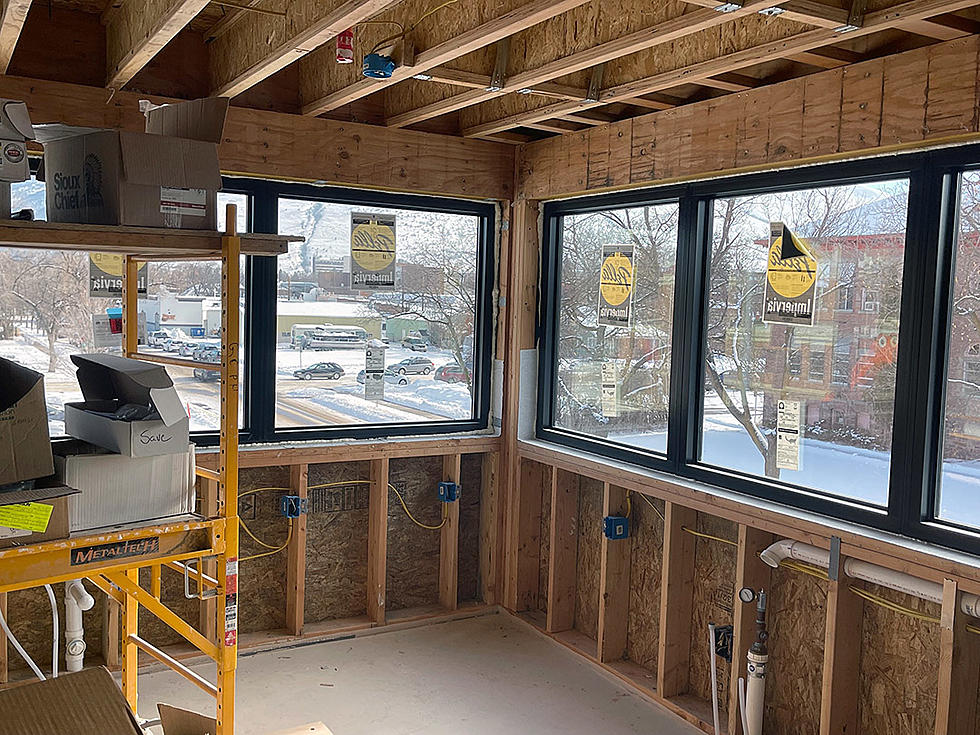
City closing in on incentives program to boost housing affordability
Martin Kidston
(Missoula Current) With an eye on boosting Missoula's supply of housing, the city is building a new incentives program to help certain projects achieve a greater level of affordability.
Emily Harris-Shears, the city's housing policy specialist, on Wednesday said the program began to take shape in 2022 and should be ready for adoption this spring. As it stands, she said, interest among developers is high.
“We're negotiating a cash-in-lieu (incentive) right now for some additional density in one project,” she said. “I have several developers working with me to put together other packages. We're focusing on building those relationships right now.”
The Voluntary Incentives Program emerged as a strategy in the city's housing policy and is designed to reduce the barriers to building new housing and promote better access to affordability.
The cost of development makes it hard to deliver anything but market-rate housing, and Harris-Shears said the incentives program could help serve as a bridge to affordability.
Under the current proposal, incentives could include right-of-way vacations, parking reductions, subsidized impact fees or land costs, and a higher density allowance. The city could also postpone certain infrastructure or utility requirements. The incentives would be recorded in a use restriction or restricted easement upon a project's completion, said Harris-Shears.
“We can negotiate a set-aside percentage of housing units in relation to the value of the incentive we're providing,” she said. “We can also stack incentives, allowing us to flex the percentage as needed.”
The city has already tested one project in The Rowe condominiums located on Fourth Street. In exchange for a right-of-way vacation in 2022, the city asked that 20% of the project's housing units be set aside as affordable.
The effort resulted in eight deed-restricted units and served as a model the city hopes to replicate in the future.
“It allowed us to learn not just in theory but in practice the application, and it helped us learn what we needed to strengthen in our language and where we could build in flexibility,” said Harris-Shears. “I'm grateful to that project and it's part of our portfolio now.”
Housing projects qualify when permanent housing is the primary outcome, and when a developer agrees to negotiate a percentage of income-restricted housing and protect the housing through a set period of affordability.
Harris-Shears said many incentives under consideration can be offered without a cash cost, such as parking reductions, density bonuses and right-of-way vacations. But others will need dedicated funding. Those may include impact fees, climate incentives and land-cost subsidies.
“Our current plan is to use funding from the Missoula Redevelopment Agency's workforce housing program. That's our thinking of where we'll find revenue,” said Harris-Shears.
MRA last September adopted its new workforce housing program, which quickly won the backing of City Council. Among other things, it requires commercial recipients of tax increment financing to contribute 10% of the award to the Affordable Housing Trust Fund.
While some have been critical of awarding tax increment to cover public infrastructure alongside private commercial projects, it's those very projects that generate funding to the city's workforce housing efforts.
If the 10% give-back rule were in place in 2000, city officials said it would have funneled more than $5 million into the housing trust fund by now. Harris-Shears said the funding will be valuable when the city offer certain incentives that have a cash cost.
“The voluntary incentives program can access opportunities to reduce barriers to new supply and to promote access to affordable housing,” she said. “It allows us to offer incentives to developers that align to do housing development and meet pricing levels that would otherwise be unattainable in our current market-rate housing environment.”
While the Voluntary Incentives Program hasn't been officially adopted yet, it has been tested over the past few years. Harris-Shears said density bonuses will likely serve as a powerful tool. Subsidies around impact feels will also play a role, along with MRA's workforce housing program.
“That is already proving to be a great strategy,” she said.
